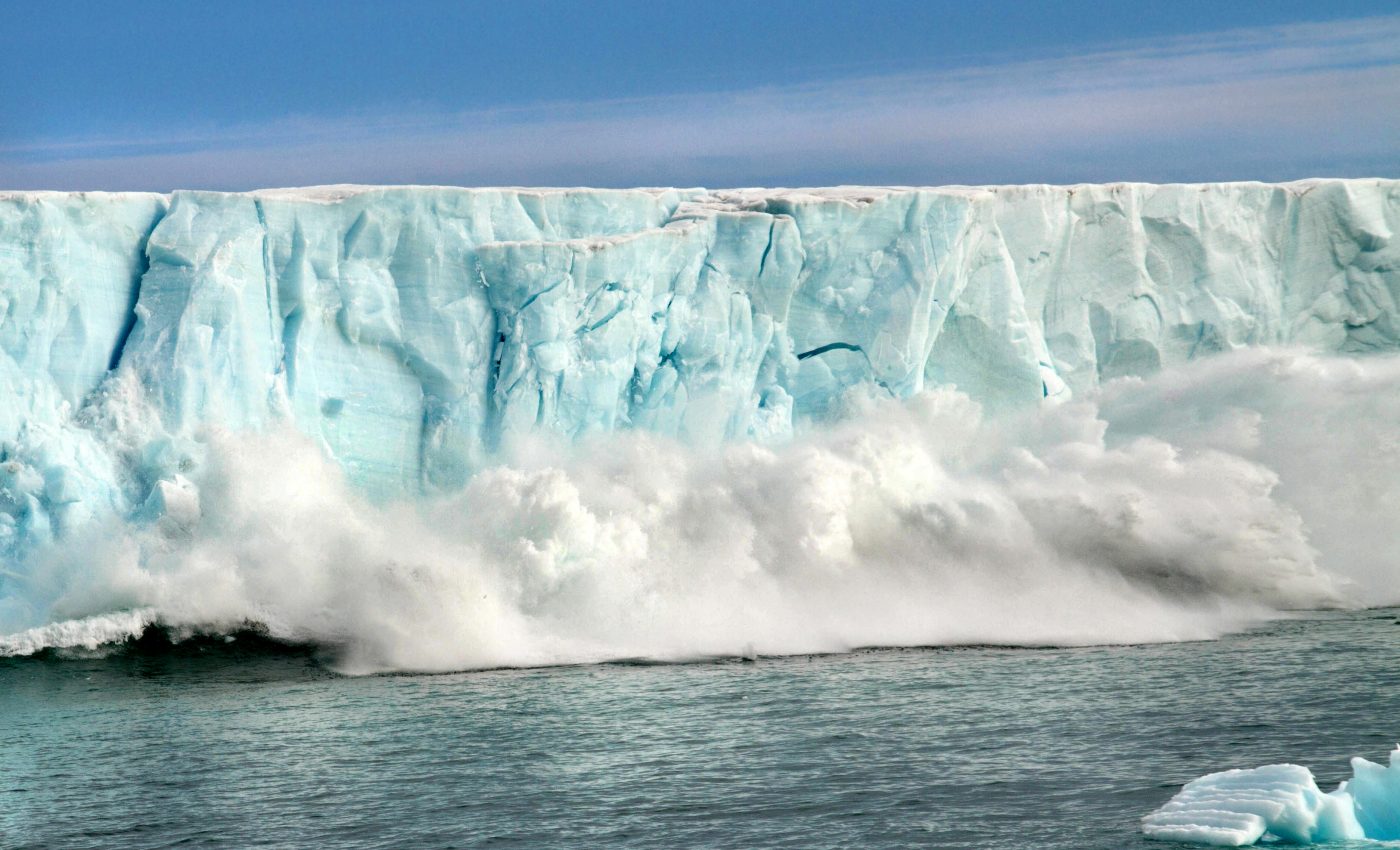
Studying past climate change offers a glimpse into the future
The rate of future global warming could rapidly increase as atmospheric greenhouse gasses continue to pile up, according to simulations of past climate events.
Researchers from the University of Michigan and the University of Arizona were able to simulate warming during the Early Eocene Period over 50 million years ago.
An increase in CO2 during the early Eocene led to much warmer than average temperatures, and it was a time in our Earth’s history considered analogous to future warming.
The poles were nearly ice-free, and global temperatures were 9 to 14 degrees Celsius higher than average global temperatures today, according to the National Oceanic and Atmospheric Administration.
For this study, the researchers found that the rate of warming during the Early Eocene skyrocketed correlating with rising atmospheric CO2 levels, and as carbon levels increased, the Earth’s climate became more and more sensitive.
“We were surprised that the climate sensitivity increased as much as it did with increasing carbon dioxide levels,” said Jiang Zhu, the first author of the study. “It is a scary finding because it indicates that the temperature response to an increase in carbon dioxide in the future might be larger than the response to the same increase in CO2 now.”
During the Early Eocene, atmospheric CO2 levels peaked at an estimated 1,000 parts per million, and it’s been predicted that we could see similarly high levels of CO2 by 2100 if carbon emissions are not cut.
Past climate models have had difficulty simulating surface temperatures during the Early Eocene which started with the Paleocene-Eocene Thermal Maximum (PETM), a short burst of warming that triggered a series of warming events.
“For decades, the models have underestimated these temperatures, and the community has long assumed that the problem was with the geological data, or that there was a warming mechanism that hadn’t been recognized,” said Christopher Poulsen, a co-author of the work.
The researchers used a model called the Community Earth System Model version 1.2 (CESM1.2), which provided a more accurate simulation of ancient cloud processes during the Eocene.
The CESM1.2 was used in the Fifth Assessment Report from the Intergovernmental Panel on Climate Change, and the researchers were able to model PETM warming and the pole to pole gradient of temperatures.
Cloud distribution and reduced cloud cover played a significant role in climate sensitivity and warming during the Early Eocene the researchers found.
“Our findings highlight the role of small-scale cloud processes in determining large-scale climate changes and suggest a potential increase in climate sensitivity with future warming,” said Poulsen.
It’s unlikely that warming will reach Eocene levels in our lifetime, but the study emphasizes the role of cloud cover in future climate change and warming.
The researchers published their findings in the journal Science Advances.
—
By Kay Vandette, Earth.com Staff Writer
Paid for by Earth.com
Image Credit: Shutterstock/Netta Arobas













